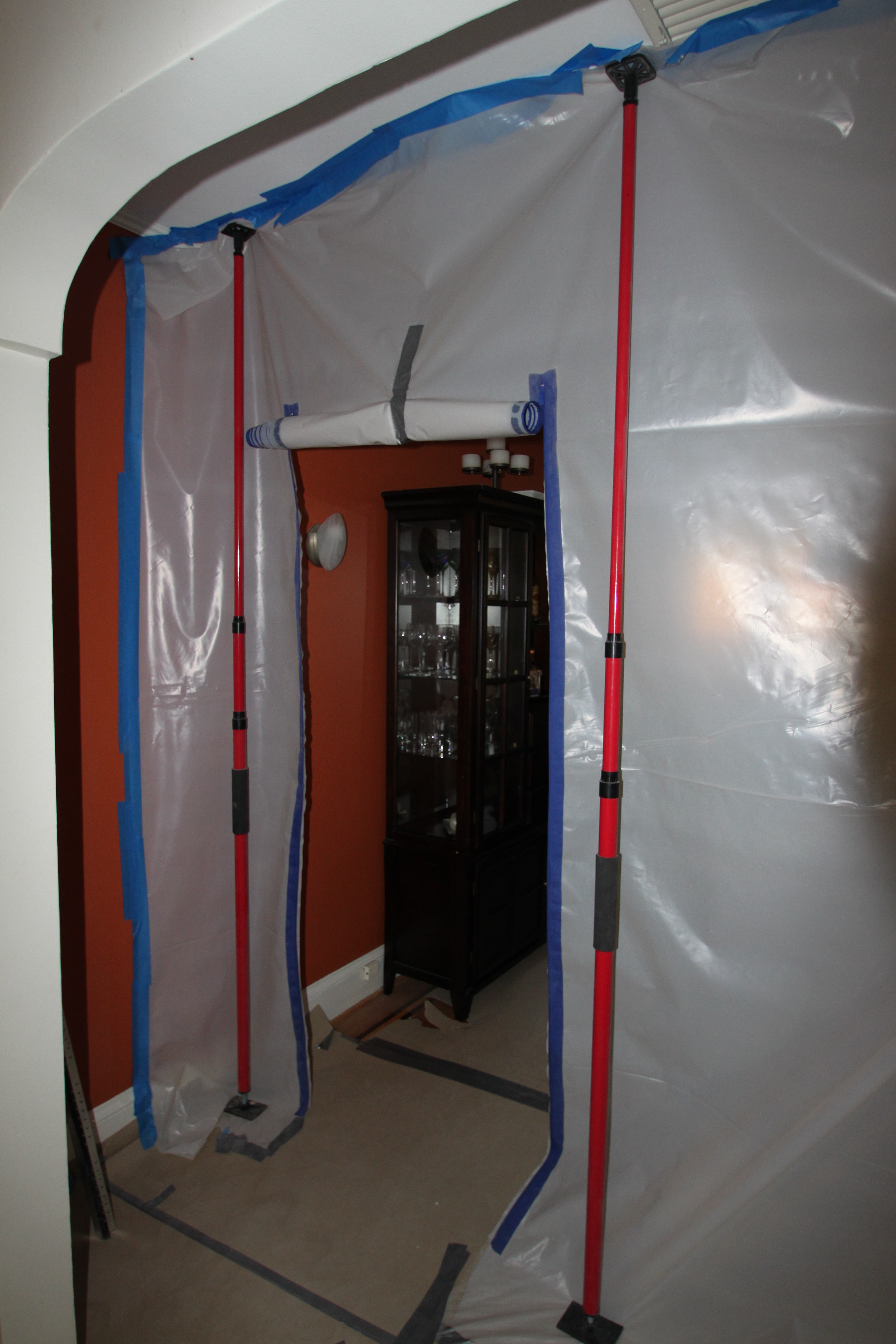Subcontractors – How this DC Contractor Feels About Ours
In the remodeling industry, building a stable of trusted trade partners is essential. Every renovation we do in Washington, DC – be it a small kitchen project, or a full-scale addition – will involve some electrical, plumbing, HVAC or other specialty task(s). Furthermore, trade specific permits are often required, which a licensed professional must obtain. Most DC con...


.png?width=1200&height=1200&name=Cost%20Guide%20Graphics%20FB%20(3).png)